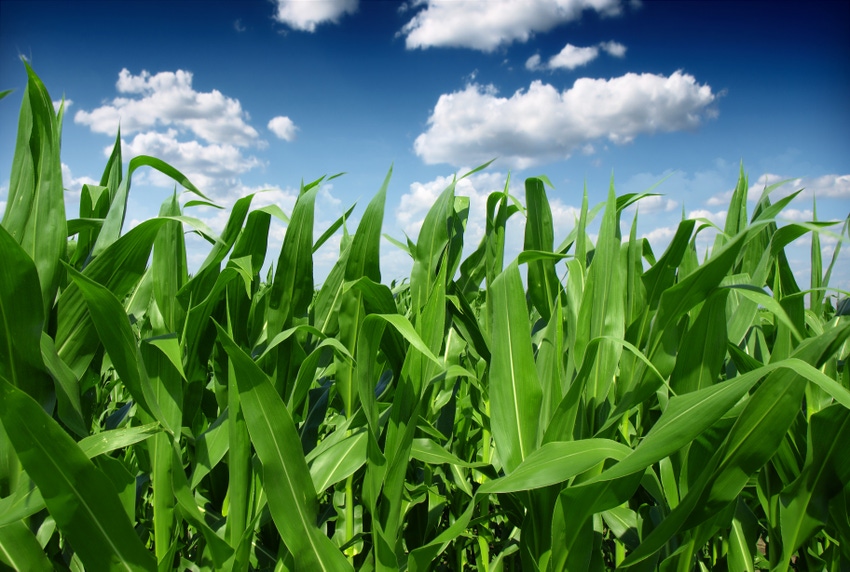September 22, 2017

The National Agricultural Genotyping Center located in Fargo, North Dakota, has put new testing protocols in place to identify corn diseases.
“Farming is a complicated pursuit that involves many choices. Making the right choice at the right time can have a huge effect on profitability,” said Larry Hoffman, Chairman of the National Corn Growers Association’s Corn Productivity & Quality Action Team. “This is especially true when it comes to identifying the dozens of diseases that can harm healthy corn plants, yields and grain quality.”
Corn has effective genetic resistance to many of the important diseases, according to Pete Snyder, President and CEO of NAGC, however, numerous challenges remain in identifying corn diseases in timely fashion. NAGC is targeting a couple of key diseases, Goss’s Wilt and Xanthomonas, in their first disease assays, or tests now available to corn farmers, agronomists and crop consultants.
“A key part of our mission at the National Agricultural Genotyping Center is to translate scientific discoveries into solutions for farmers and production agriculture. This is another important step in that regard,” Snyder said. “The new assays we have developed will provide proper identification in weeks rather than months and cut costs substantially.”
NAGC, a non-profit initiative founded by the National Corn Growers Association and Los Alamos National Laboratory, provides research and testing services to both public and private researchers. The center translates scientific discoveries into solutions for production agriculture, food safety, functional foods, bioenergy and national security.
Cost savings from the actual testing are as much as 75% with a move from single sample testing to utilizing 96 sample trays.
Goss’s wilt is a bacterial disease that may cause systemic infection and wilting of corn plants, as well as severe leaf blighting. Under the right conditions this disease can cause devastating damage with grain yield losses approaching 50%. Xanthomonas, another bacterial disease, is being targeted because it is often confused with Gray Leaf Spot leading to ineffective fungicide treatments and loss of income for farmers.
“It can cost $40 an acre to treat Gray Leaf Spot, but those treatments are ineffective against Xanthomonas,” Hoffman said. “And it’s not just lost profit but lost opportunity. Once identified we can deal with Xanthomonas through management practices such as tillage and crop rotation.”
Testing is largely done through samples of the effected plant leaf tissue. However, soil samples can be assayed by NAGC early in the growing season to identify or the presence of Xanthomonas.
Source: NCGA
You May Also Like




